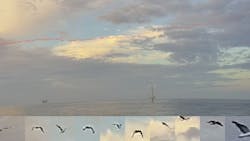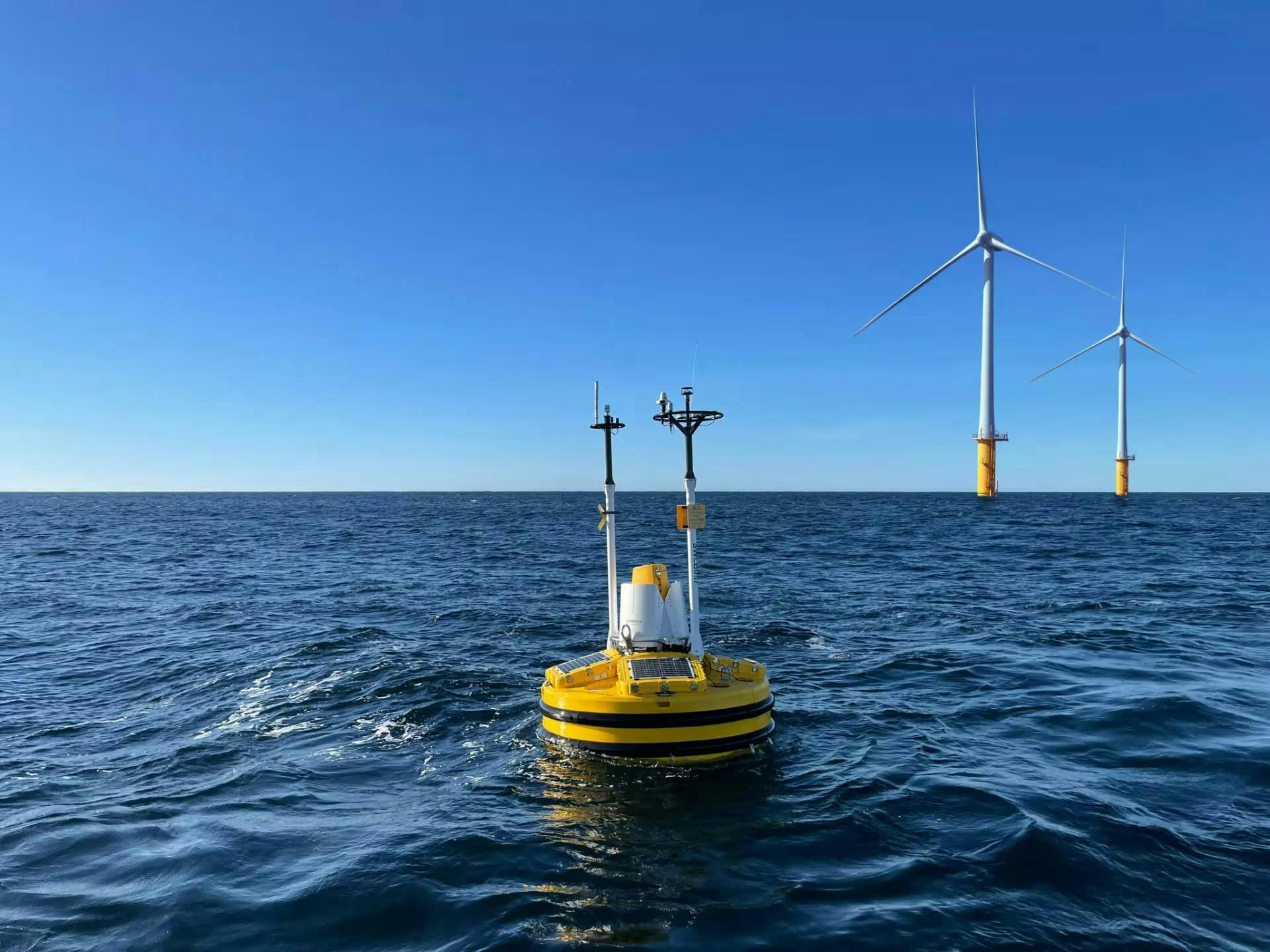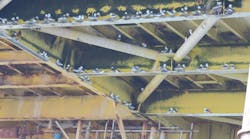Fugro, Spoor partner for offshore wind bird monitoring service
Fugro and software developer Spoor have signed a memorandum of understanding to collaborate on a bird monitoring service for offshore renewable energy projects.
The technology, which has been successfully tested at the Equinor-operated Hywind Tampen offshore wind farm in the Norwegian North Sea, is said to help protect bird populations while making the environmental assessments process for offshore wind projects less expensive.
It involves the use of video cameras installed on Fugro’s SEAWATCH wind lidar and other metocean buoys to monitory bird movements at wind farm locations. Spoor’s computer vision and AI software analyzes the recordings to identify the bird species.
According to Fugro, bird monitoring offshore has been dependent historically on good weather and aircraft or vessel surveys, both costly and presenting safety risks to field personnel.
The new technology instead employs buoy-mounted cameras to capture video year-round, even in harsh sea conditions.
“By embedding Spoor’s AI-powered bird tracking into Fugro’s offshore platforms, we’re giving developers access to high-quality, reliable data to meet biodiversity requirements," said Christian Skaarup Rasmussen, Spoor’s vice president of partner sales.
Offshore bird protection programs:
About the Author
Jeremy Beckman
Editor, Europe
Jeremy Beckman has been Editor Europe, Offshore since 1992. Prior to joining Offshore he was a freelance journalist for eight years, working for a variety of electronics, computing and scientific journals in the UK. He regularly writes news columns on trends and events both in the NW Europe offshore region and globally. He also writes features on developments and technology in exploration and production.








